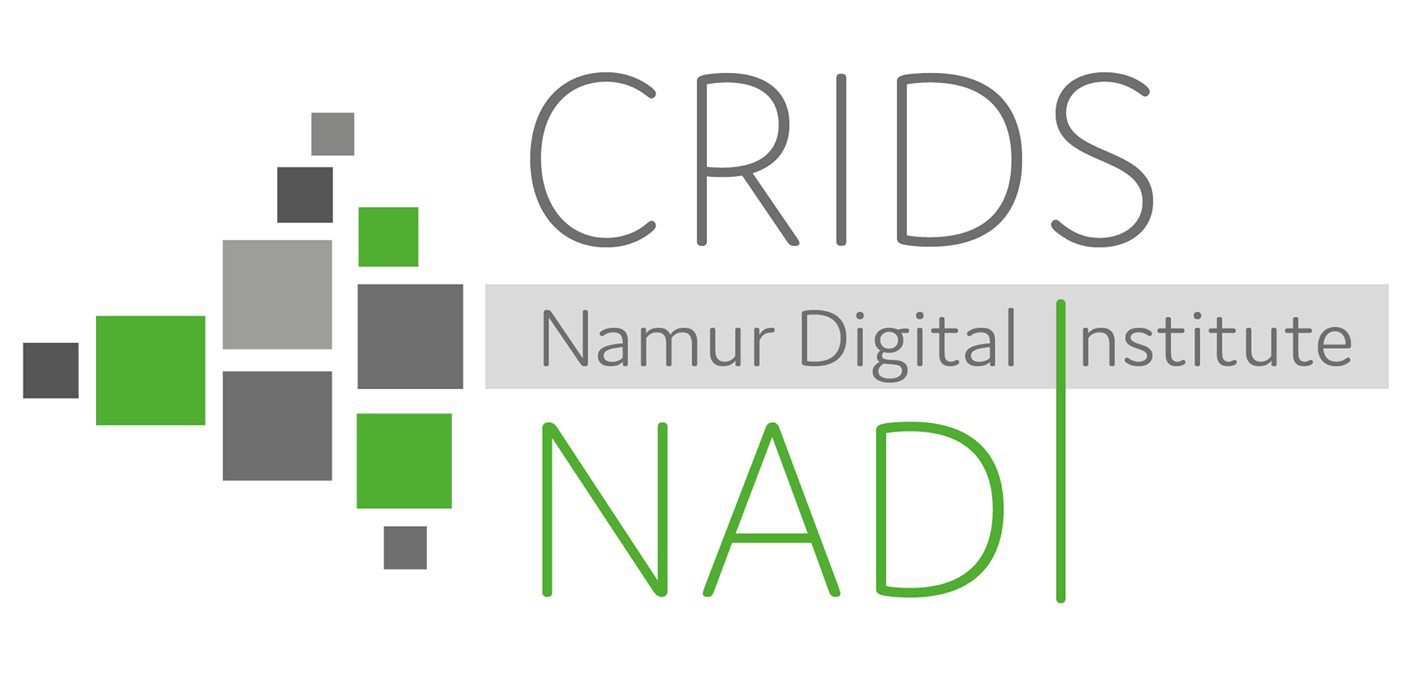e-Justice

e-Justice is receiving a lot of attention and is seen as a promising new development. As judicial systems are facing difficulties, e-Justice has been announced to bring about spectacular progress in the decision-making process or in helping the decision-making process, in particular regarding speed, cost, predictability and legal certainty and the productivity of human resources. Even if these technology advances can in theory benefit all kinds of disputes, it is yet to be determined if e-Justice will serve all types of litigation equally and to the same extent.
With these questions in mind, the CRIDS focusses both on general questions and specific areas of research. The more general areas relate to the notion of ‘algorithmic justice’, also referred to as digital justice or robot judges which aims to determine in particular which areas, to what extent, and under what conditions artificial intelligence can purport to contribute to automated decision making.
The use of artificial intelligence in the litigation process also raises the question of the availability of information about court decisions (Open Access or Open Data), as well as questions of how to process them in terms of selection, weighting or presentation.
Should existing case-law be selected on the basis of its quality or legal interest? Should more importance be given to decisions from higher courts? Further, if decisions and judgments are to be re-used, will this not also mean the judges will be under an obligation to format their decisions to make them more suitable for automated processing?
Also, the intervention of an automated process in judicial decision-making inevitably raises fundamental questions about the respect of fundamental rights and in particular related to the right to a fair trial. This confrontation raises delicate questions. In particular, what about the legal obligation to motivate court decisions when they are rendered by a network of artificial neurons which, unlike an expert system is not able to replicate a reasoning followed to reach a solution? Similarly, does the invasion of digital tools into decision making not reinforce the risk of inequality (of weapons) between the parties that are able to use the tools and those who are not? Finally, what about the necessary independence of justice when it is rendered by algorithms designed by ‘legaltechs’ (external entities to the public judicial authorities)?
In general, the intervention of artificial intelligence could profoundly transform the justice system, both in its functioning (the way in which the various actors will work collectively) and in its relationship to society.
The various aspects related to this issue require a theoretical and practical reflection, through a synergy of academics with different categories of stakeholders.
Latest publications
Coming soon
Key publications
L. GERARD, D. MOUGENOT, « Justice robotisée et droits fondamentaux », Le juge et l'algorithme : juges augmentés ou justice diminuée ?, Collection du CRIDS, n°46, Bruxelles, Larcier, 2019, pp. pp. 13-54.
O. LEROUX, « Justice pénale et algorithme», Le juge et l'algorithme : juges augmentés ou justice diminuée ?, Collection du CRIDS, n°46, Bruxelles, Larcier, 2019, pp. 55-74.
H. JACQUEMIN, J.-B. HUBIN, « L'intelligence artificielle : vraie ou fausse amie du justiciable ? Enjeux du recours à l'IA par les avocats, assureurs et legaltechs», Le juge et l'algorithme : juges augmentés ou justice diminuée ?, Collection du CRIDS, n°46, Bruxelles, Larcier, 2019, pp. 75-104.
J. DE CODT, « Juger avec un algorithme et juger l’algorithme », in Le juge et l’algorithme : juges augmentés ou justice diminuée ?, J.-B. Hubin, H. Jacquemin et B. Michaux (dir.), Cahier du Crids, Bruxelles, Larcier, 2019, p. 107.
M. MESSIAEN, « La justice prédictive : le point de vue des acteurs de terrain », in Le juge et l’algorithme : juges augmentés ou justice diminuée ?, J.-B. Hubin, H. Jacquemin et B. Michaux (dir.), Cahier du Crids, Bruxelles, Larcier, 2019, p. 115.
PH. DAMBLY, « Partage d’expérience au sujet de l’implémentation d’une entité d’intelligence artificielle », in Le juge et l’algorithme : juges augmentés ou justice diminuée ?, J.-B. Hubin, H. Jacquemin et B. Michaux (dir.), Cahier du Crids, Bruxelles, Larcier, 2019, p. 125.
K. BENYEKHLEF, J. ZHU ET V. CALLIPEL, « La responsabilité humaine à l’épreuve des décisions algorithmiques, perspective canadienne », in Le juge et l’algorithme : juges augmentés ou justice diminuée ?, J.-B. Hubin, H. Jacquemin et B. Michaux (dir.), Cahier du Crids, Bruxelles, Larcier, 2019, p. 153.
B. MATHIS ET H. RUGGIERI, « L’open data des décisions de justice en France – Les enjeux de la mise en œuvre », in Le juge et l’algorithme : juges augmentés ou justice diminuée ?, J.-B. Hubin, H. Jacquemin et B. Michaux (dir.), Cahier du Crids, Bruxelles, Larcier, 2019, p. 197.





